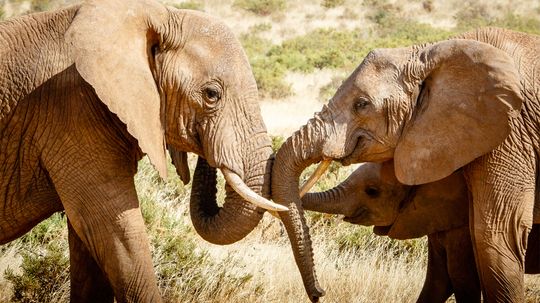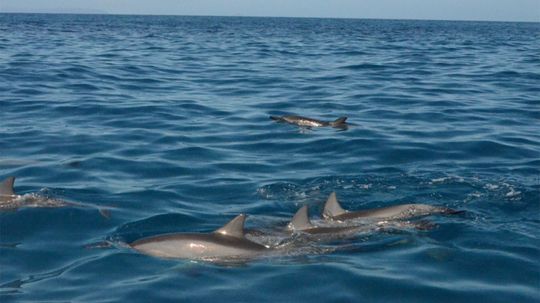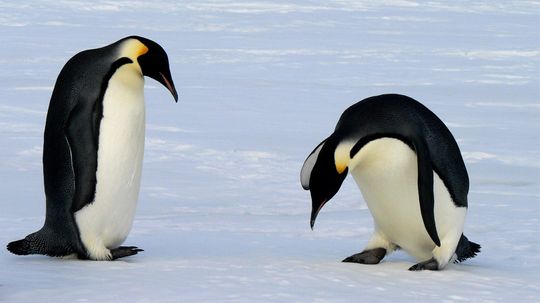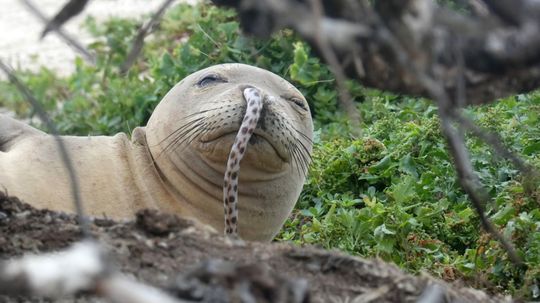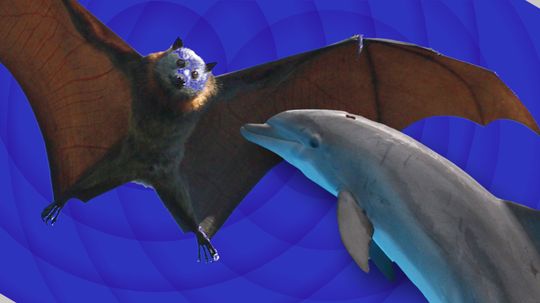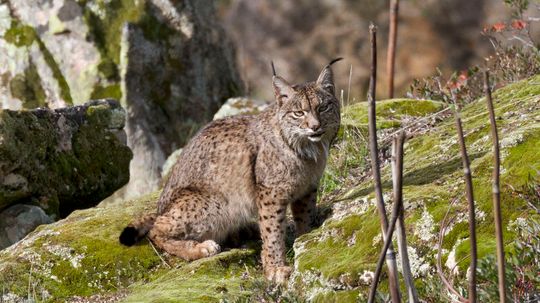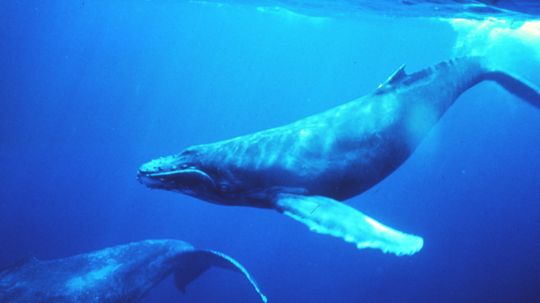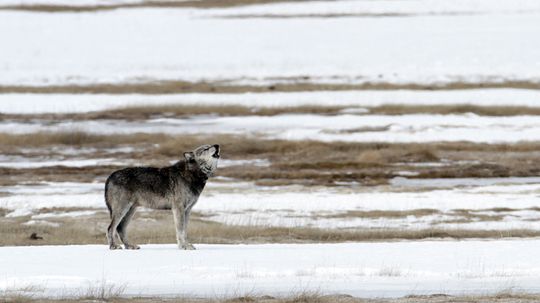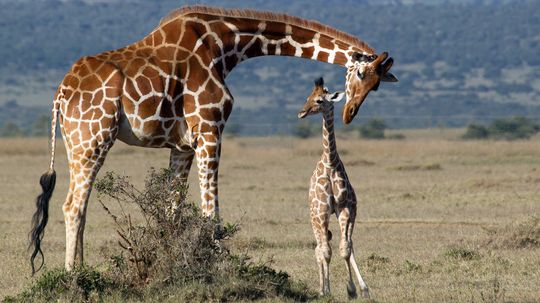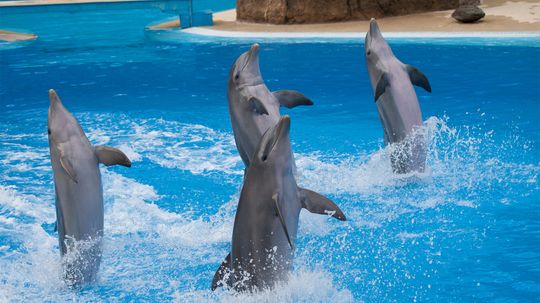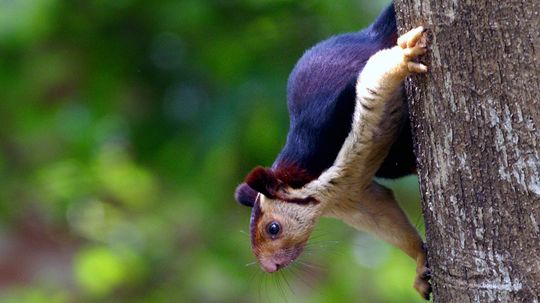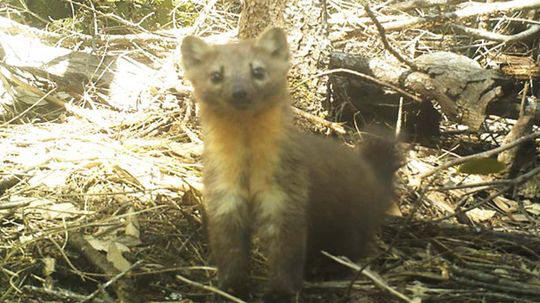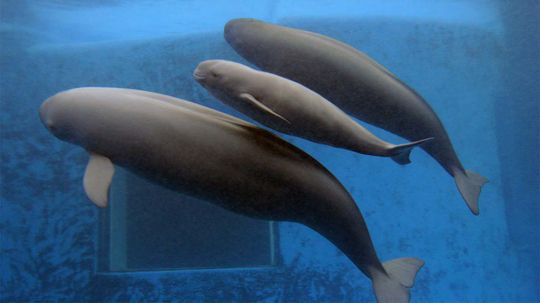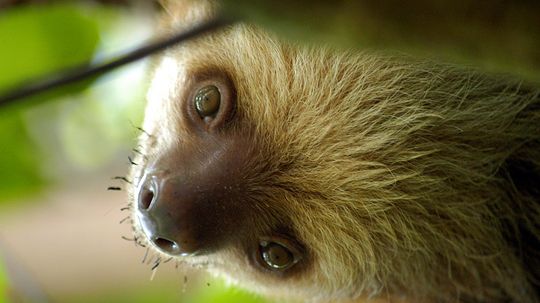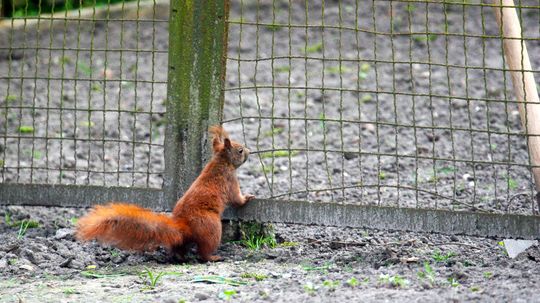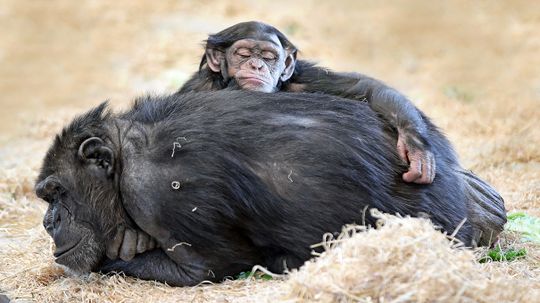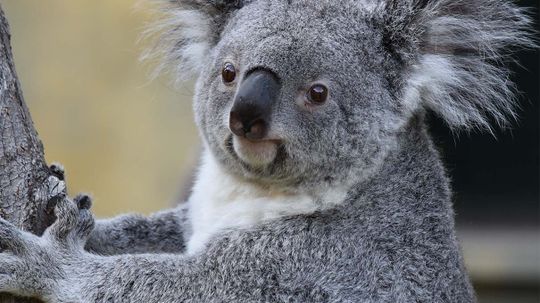Mammals
Scientifically-speaking there are 11 mammal groups, and most Mammals are warm-blooded, have body hair, give live birth and nurse their young with milk from mammary glands. Check out these articles about all kinds of mammals.
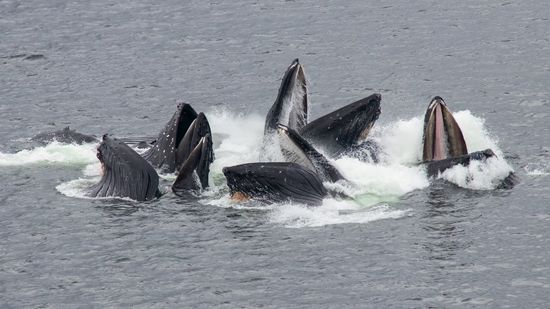
What Is a Group of Whales Called? Pods, Gams, Herds (but Not Schools)

How Often Do Whales Come Up for Air?

How Do Whales Sleep? They're Always Half Awake (Literally)
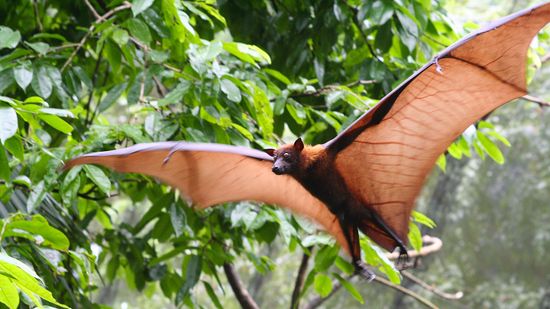
The Largest Bat in the World Has a Wingspan Over 5 Feet

Baby Bats Babble With Moms, Hinting at Human Language Development

Fruit Bats Are the Best Pollinators (and Suppliers of Tequila)

What Is a Group of Pandas Called? We're Blushing
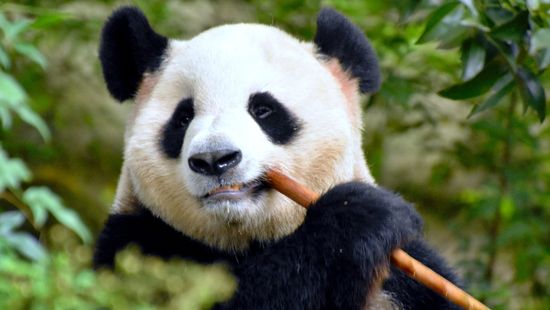
What Do Pandas Eat (Other Than Bamboo)?
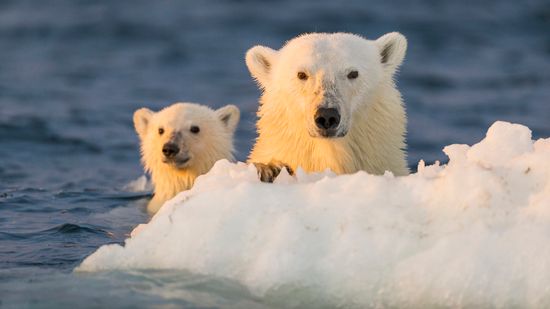
Polar Bear vs. Grizzly Bear: Which Bear Is Bigger and Tougher?
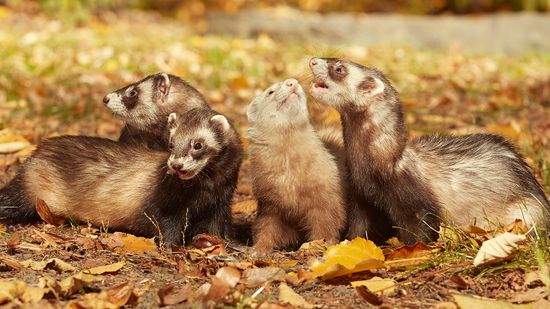
What Is a Group of Ferrets Called? You're Such a Busybody
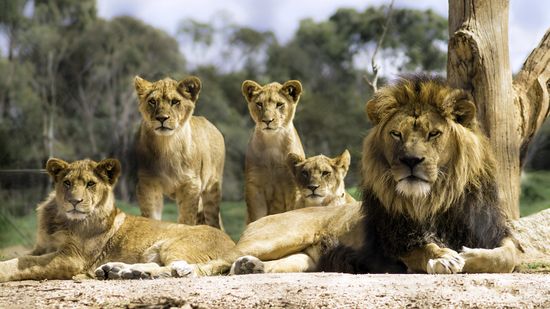
What Is a Group of Lions Called? 'Pride Rock' Makes So Much Sense Now
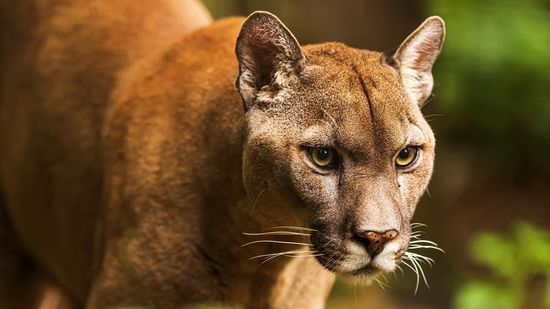
Panther vs. Cougar: Different Names for the Same Cat

Where Do Horses Originate From? Not Europe, Not Asia
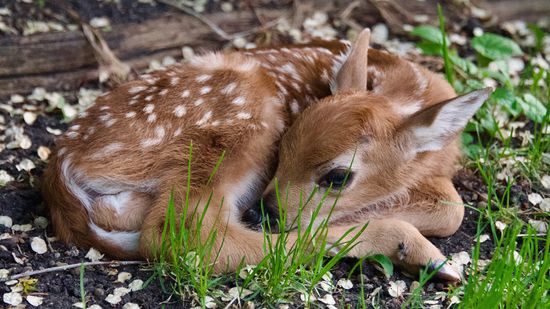
What Is a Baby Deer Called? (Aside From Adorable)
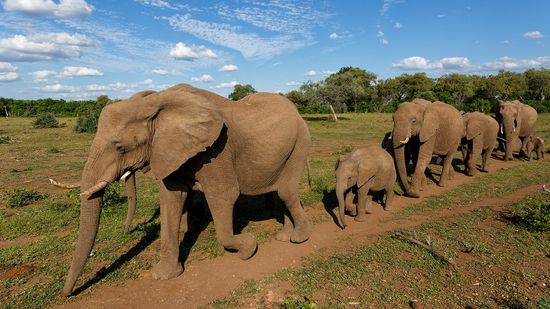
What Is a Group of Elephants Called?
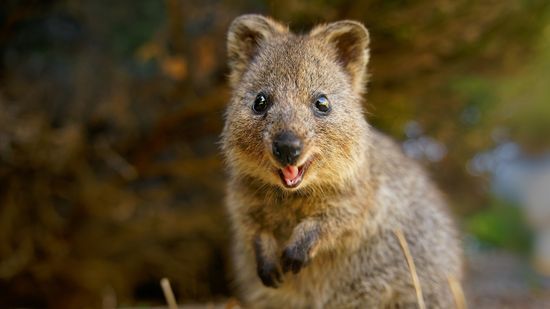
The Happiest Animal on Earth Is the Quokka
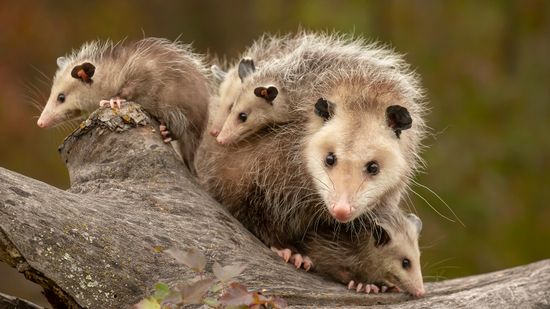
What Do Possums Eat? Most Things, It Turns Out

What's It Like Inside a Kangaroo's Pouch?
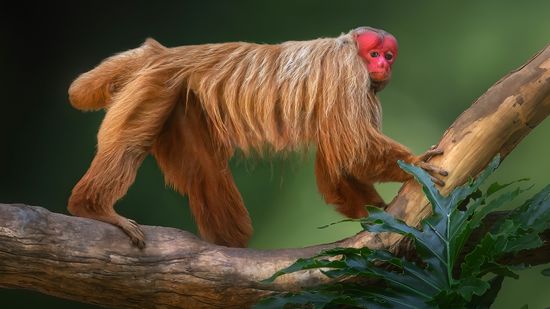
10 'Ugliest' Monkey Species: Unconventional Beauty in Primates

The Tiny Finger Monkey Gets Lonely Without Its Family
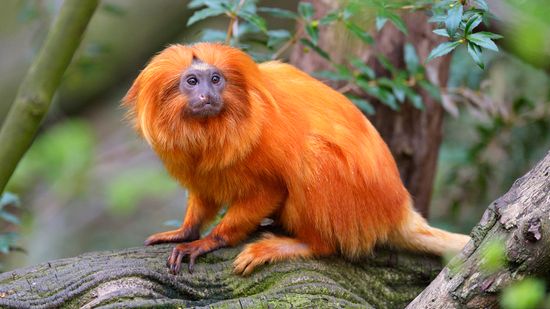
15 Types of Monkeys Climbing Trees All Around the World
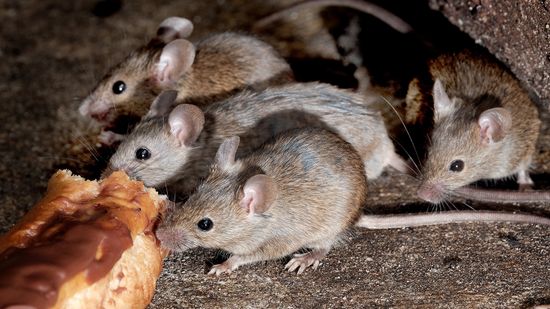
What Is a Group of Mice Called? Not Always a Colony
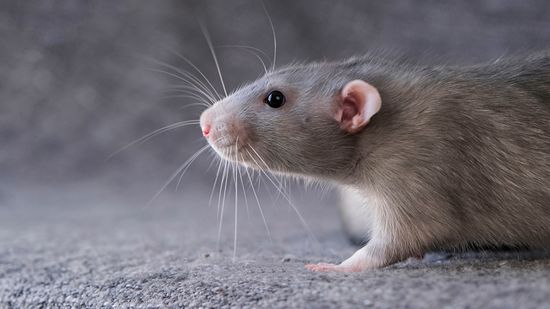
Rat Poop vs. Mouse Poop: Important Differences for Pest Control
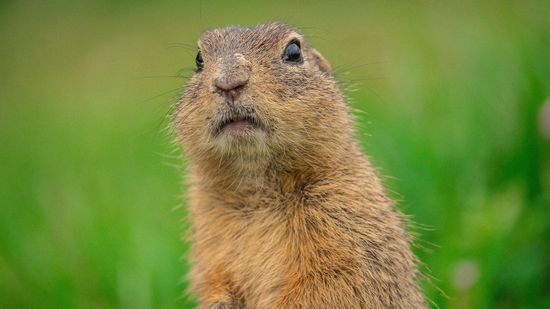
Groundhog vs. Gopher Habits and Identification
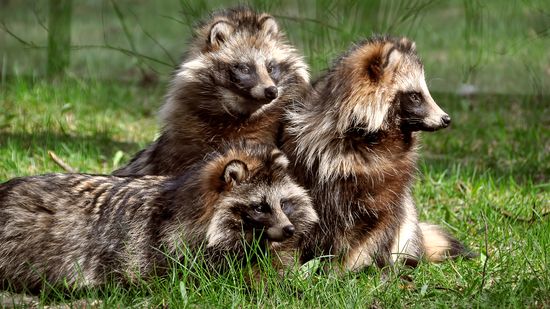
How Can Tanuki Be Both Real and Mythological?
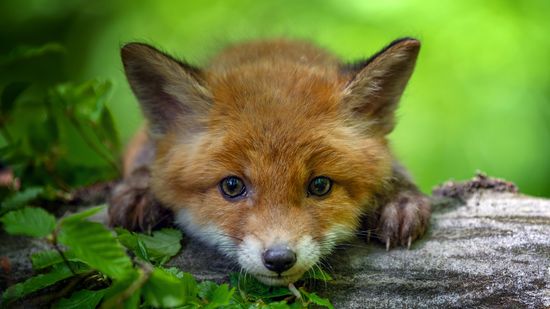
What Is a Baby Fox Called? Kit vs. Cub vs. Pup
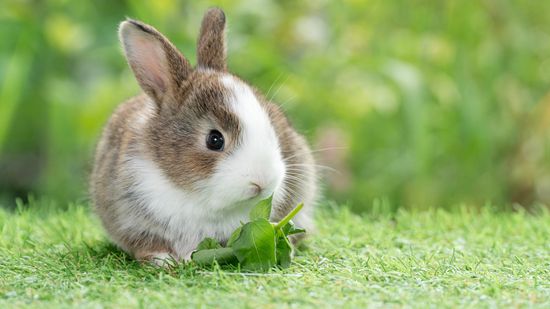
Hare vs. Rabbit Differences: Ears, Speed, and Social Behavior
Learn More / Page 9
Elephants make a specific sound to warn each other of nearby humans.
By Loraine Fick
A dolphin doesn't breathe automatically, so during sleep, one side of its brain stays awake to ensure the mammal rises to the surface and breathes.
By Loraine Fick
Penguins stand for months on the coldest ice in the world without their feet freezing, thanks to special blood circulation.
By Loraine Fick
Advertisement
It looks excruciating, and nobody knows exactly why it happens.
Before you declare which team you're on, we've got the breakdown on this auditory battle royal.
By Mark Mancini
When we think of big cats in the wild, we most likely think of lions and tigers. But there are so many more amazing wild cats you've probably never even heard of. Here are five.
By Oisin Curran
Do humpback whales get tired of singing the same old song, or do they simply start over when it gets too complicated?
Advertisement
A first-of-its-kind study reaffirms why wolves are vital to the health of our ecosystem.
The annual bison roundup in South Dakota's Custer State Park is a spectacle full of cowboys, horses and of course wild buffalo, all set against the backdrop of the rolling Black Hills. It's also about as Americana as you can get.
By John Donovan
Scientists have known for a long time that elephants have no sweat glands and keep cool through slinging mud on their skin. But they didn't know what made the skin so wrinkled - until now.
The old saw about cats being good catchers of rats was finally put to scientific study - and the results were pretty sad.
Advertisement
A new study found that those spot patterns are not only inherited from mom, they help camouflage baby giraffes in the wild.
A new study paints a grave future for the killer whale, all because of the now-banned chemicals polychlopinated biphenyls - PCBs.
It's a natural phenomenon known as a 'squirrel king.' But what's the deal and why do squirrels get tangled up?
By Jamie Allen
A dolphin named Billie learned a dolphin-show trick from some captive dolphins, taught her wild friends how to do it and started a fad.
Advertisement
The Indian giant squirrel is covered in flamboyant colors like orange, black and bright purple. But why?
By Jamie Allen
It used to be assumed that African bush elephants avoided the sound of an angry bee hive. Now researchers believe they have receptors to detect a bee's alarm pheromones.
The Humboldt marten was thought to be extinct until it was rediscovered in 1996. Now it is threatened again.
Breaking news: Dolphins and porpoises don't actually look very much alike.
Advertisement
Once a week or so, sloths climb down from their trees and poop on the ground. It feels so good, they do a little dance. But this time of pleasure is also a time of peril.
By Alia Hoyt
Once you accept squirrels aren't going anywhere, you can apply a more creative approach to keeping the critters away from your prized tomatoes.
By Jamie Allen
Think your bed is cleaner than a chimp's? Researchers at North Carolina State University set out to find the answer.
Koala populations in Australia are in decline, in part due to the ravages of chlamydia, a sexually transmitted bacterial infection.
By Carrie Tatro
Advertisement
It pays to be brainy when you're a ring-tailed lemur.
The platypus may look a bit absurd and bizarre, but its milk might hold the secret to fighting antibiotic-resistant bacteria.
